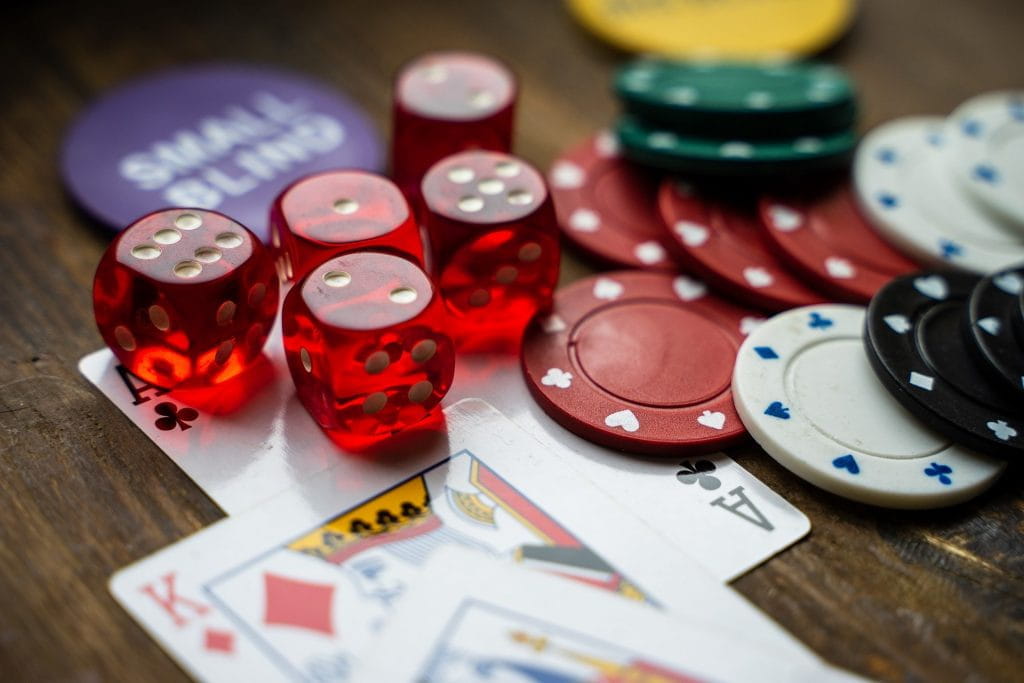NHS study England: 53% active in gambling
- Copy URL
- Share on Facebook
- Share on Twitter
The Health Study 2018 from England contains terrifying results in the area of gaming participation. Around 53 percent of English actively play games of chance. The health study is carried out annually by the state health system in England (NHS England). It also examines the area of gambling as well as data and key figures on gambling addiction and problem players. Of the 53 percent, younger people in the field of online gambling are particularly active.

Worrying results of the study
The condition of the English population is according to the NHS health study in 2018 worrying. According to the data, the typical problems such as obesity, alcohol consumption and chronic diseases are more growing. A total of around 10,000 people could be interviewed. but The gaming area was also examined and delivers significant results. A total of 7,100 people were interviewed here who were previously ordered according to gender and the corresponding age group. There were seven age groups in total:
- 16-24 years
- 25-34 years
- 35-44 years
- 45-54 years
- 55-64 years
- 65-74 years
- 75+ years
The results provide an interesting insight into the distribution in the gaming area. According to the information from the respondents, 53 percent of the English in 2018 online or offline active in gambling. If you take part in the national lottery from statistics, around 39 percent of active gambling remain. The gender distribution is also distributed similarly. At 56 percent, the men are slightly ahead of women with 49 percent.
Larger differences can already be seen in the age structure. For example, the largest proportion of female players, each with 57 percent, comes from the age groups 45-54 years and 55-64 years. For male players, the largest proportion is by far 64 percent active players from a significantly younger age group (25-34 years). In the youngest age group 16-24 years, however, the activity in gambling is rather less. It is 44 percent for men, only 32 percent for women.
From what age is gambling allowed?“Basically, gambling in England is allowed from the age of majority. This can be reached with his 18th birthday. In England there are gambling, betting shops, casinos, also slot machines in restaurants or pubs, which are open to the game. Likewise, registration in licensed online casinos is only permitted at the age of 18. Only the national lottery is an exception to the regulation. It can already be participated in the age of 16. ”
Online gambling is booming especially in young people
The game behavior, whether online or offline, was also examined. Although the main part of the gambling is still in the offline area, the proportion of online gambling, i.e. online casinos, online bookmakers or online poker, increases steadily. In the 2018 health study, it was already 9 percent. In the age group 24-35 years was with 19 percent active players achieved the highest value. With an increasing age group, the percentage of active players also drops.
The development in this area is difficult to measure due to the lack of comparative values, but the numbers are according to a wide range of politicians, managers as well as search experts worrying, like Matt Zarb-Cousin, spokesman for the campaign for fair gambling (Campaign for Fairer Gambling) in the daily newspaper Daily Mail.
“We have an increase in the popularity of the more dangerous and addictive forms of gambling, online and to fixed-Odds-bed terminals. This means that the number of social damage caused by gambling has increased. The younger you start, the greater the likelihood of becoming addicted. Online gambling is a very big risk for a whole generation of young men. ”– Matt Zarb-Cousin, Spokesman for the campaign for fair gambling (Campaign for Fairer Gambling)
Even in the area of problem players and gambling addiction, there are no positive figures compared to the last data acquisition in 2016. Of the The proportion of risk or problem players is around 3.6 percent. This number is through the answers of the respondents by means of the general Problem Gambling Severity Index (PGSI) measured. If a value of 1 to 7 is reached on a scale, this is like a low to high risk of play. 3.2 percent of the population fell into this area. With the remaining 0.4 percent, a value of over 8 was even achieved, which in turn can be equated with severe gambling addiction.
